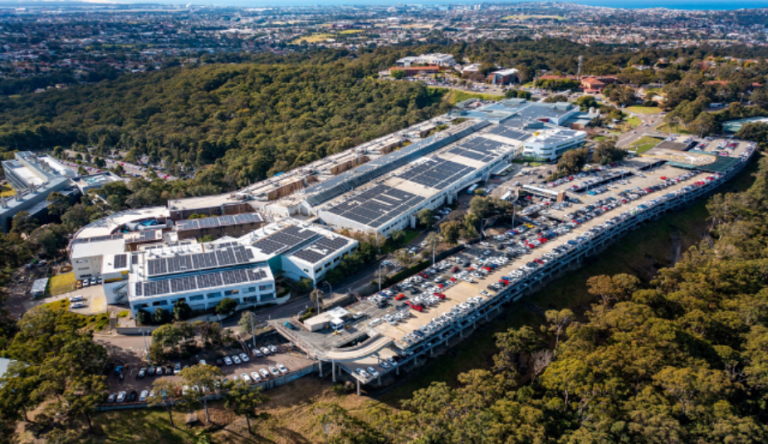Read more: Community calls for Hunter New England Local Health District split
Read more: People voice concern with health system as part of split-up talks
Read more: Narrabri Shire strongly supportive of health district split-up bill
Splitting up the Hunter New England Local Health District would be disruptive, costly and detrimental to communities, the organisation’s chief executive officer has told a parliamentary inquiry.
The organisation also estimates a split-up would cost an additional $111 million on top of the current $201 million annual operational, governance and administrative costs.
In the health district’s submission on the proposed split-up, chief executive officer Tracey McCosker PSM said such a change would not address their most pressing challenge – workforce shortages.
“This is a nationwide issue affecting all sectors but is felt most acutely in regional and rural areas like the North West of NSW,” Ms McCosker said.
“Forcing a separation between the Hunter and New England regions would fragment our workforce, duplicate systems, and reduce our flexibility to deploy staff and resources where they’re needed most.
“Rather than improving recruitment, it would create instability and reduce access to care, particularly in the communities already facing the greatest barriers.”
Ms McCosker said the current structure allows the organisations to share specialist expertise, invest in innovation, and deliver care as close to home as possible, even amid ongoing health system challenges.
“It also ensures financial sustainability. The Hunter region’s higher activity and population base effectively subsidises the more complex and costly care required in the New England North West,” Ms McCosker said.
“This model allows us to maintain vital rural health services that would otherwise be unviable. Breaking up the district would not only duplicate costs but also takes away our ability to cross subsidise in a way that better meets the needs of our communities—metropolitan, regional, and rural.
“Importantly, while the district operates as one connected health district, our leadership is distributed. Local general managers and health service managers have genuine decision-making authority – including over recruitment and operations – to ensure services are tailored to their community’s needs.”
In the health district’s 13-page submission, it addresses patient care and safety, financial and corporate governance, workforce, Aboriginal health, and research and innovation.
The document details services in place for virtual and emergency care. Among the services are the My Emergency Doctor, used across 29 emergency departments in the district enabling 24/7 medical coverage at smaller facilities, telehealth-based stroke clinics and virtual stroke outpatient clinics, and John Hunter Hospital’s emergency retrieval service.
“A split district would sever these integrated services, particularly affecting the New England North West region. Further, fragmentation may reduce the timeliness of access to John Hunter Hospital’s retrieval teams and specialist trauma consultation, which could impact outcomes for patients requiring urgent intervention,” the submission read.
“Establishing equivalent services independently would take years, require substantial investment, and result in a significant loss of productivity – particularly concerning in an
environment where attracting and retaining specialist health staff is already a major challenge.”
NSW Health voiced similar concerns in its submission and said there are significant advantages to retaining the current model for the district.
“Splitting the district into two districts would take substantial time, money, and effort. The cost of this change would be high, and likely significantly impact the NSW Health budget over several years,” the NSW Health submission read.
“Hunter New England Local Health District advises it incurs approximately $201 million annually in operational, governance, and administrative costs. Creating a new local health district would require either duplicating or redistributing these functions, estimated at an additional recurrent cost of $111 million.
“Dividing the district, which relies on established partnerships, networks, and patient flow and referral pathways, could disrupt both patient experiences and clinical workflows, and new partnerships and networks would have to be established.”
To order photos from this page click here









